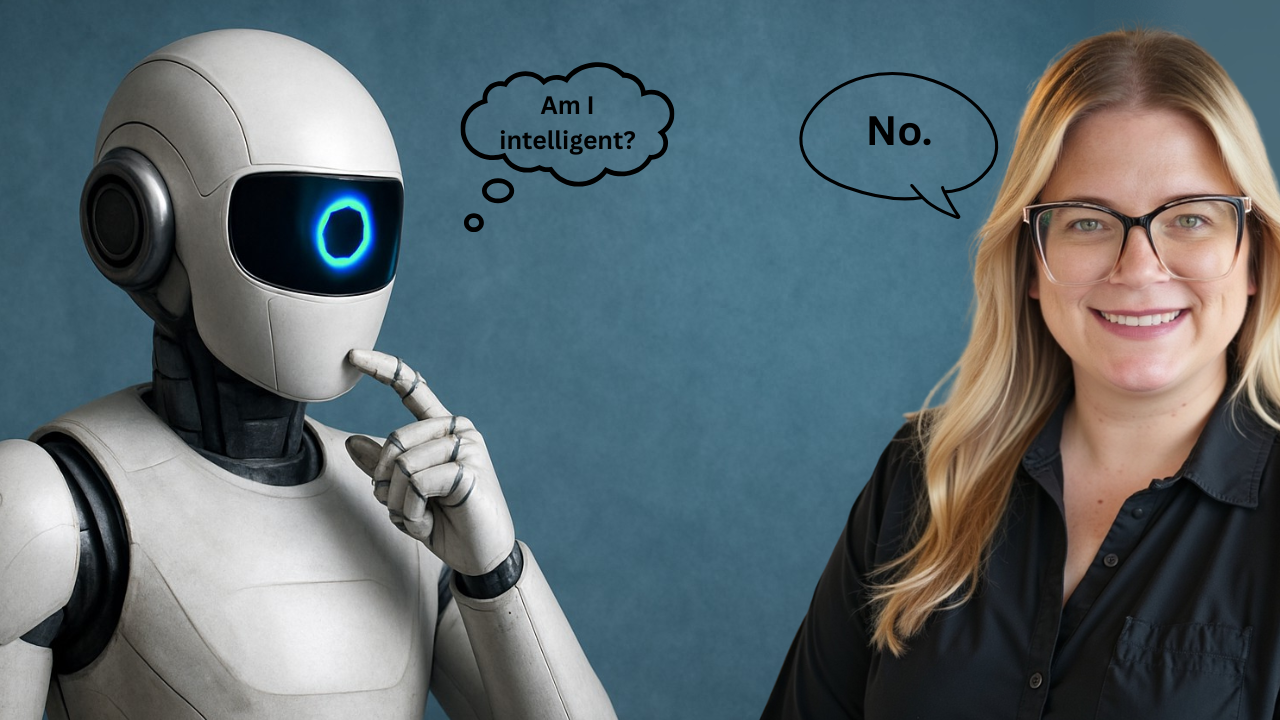Everyone calls it artificial intelligence. But that name causes problems.
When you call computer programs “intelligent,” you expect them to think like humans. But they can’t. They just make really good guesses based on patterns they’ve seen before.
I’ve watched businesses make expensive mistakes because of this mix-up. They treat AI like it can think when it’s just copying what it learned from tons of data.
How Humans Think vs. How AI Works
Real thinking is different from what AI does. Humans can make quick decisions with very little information. We can sense when something feels wrong before we know why.
We can change our minds in the middle of a conversation. We understand hints and hidden meanings.
AI works totally differently. It looks at huge amounts of data and finds patterns. Then it gives you an answer that sounds right based on those patterns. When you ask AI to “think,” it’s just mixing together information it’s seen before.
It’s like someone who memorized every book about cooking but has never actually cooked. They can tell you the right words, but they don’t really understand what they’re saying.
Here’s proof this is a problem: A recent MIT study found that AI systems use confident language 34% more often when they’re giving wrong information. They say “definitely” and “certainly” most when they’re actually wrong.
When AI Guessing Hurts Businesses
These problems cost businesses real money. Studies show that AI makes stuff up 89% of the time when engineers use it for creating content.
I’ve seen AI write articles that quote websites that don’t exist. It makes up rules and requirements. It ignores the formatting rules you give it. It’s not trying to lie – it just can’t tell the difference between real and fake information.
When AI doesn’t know something, it just guesses based on patterns it’s seen before.
Here’s another example: AI tools will add links to articles without checking if those links actually work. Half of them lead to broken pages or junk content. The AI thinks, “this looks like a website address, so it must be good.”
Air Canada learned this the hard way when their chatbot made up a discount policy for people who had someone die in their family. A court ordered them to honor the fake policy and pay money to customers.
Why Humans and AI Are So Different
The real difference goes deeper than just being right or wrong. Humans think with feelings, emotions, and memories. We think in complicated ways that can’t be turned into simple yes/no answers.
We’re weird. We’re not just ones and zeros like computers. Sometimes our thinking is all over the place, and that’s actually good.
AI systems can only work with patterns and statistics, no matter how powerful they get. They can’t use a lifetime of experiences like humans do. They can’t make gut decisions or sense when something feels off.
Even if you gave AI access to everything, it would still just be finding patterns instead of truly understanding what things mean.
How to Talk About AI Honestly
The words we use matter when making business decisions. When we call pattern-finding “intelligence,” we hide what these systems really do and can’t do.
Better names would be “pattern-finding systems” or “smart guessing tools.” These names help people understand what to expect and prevent expensive mistakes.
For businesses, this means treating AI like really good autocomplete, not like a thinking partner. Use it to find patterns, create content, and process data. But always have humans check if it’s accurate and makes sense.
The technology is powerful when you use it right. Problems happen when we think fancy computing is the same as real intelligence.
AI fakes thinking by finding patterns in data. Humans actually understand context, trust their gut, and know what things mean. Understanding this difference protects your business from expensive mistakes and helps you use these tools the right way.
Call it what it really is: code that’s very good at guessing what comes next.
Tired of AI hallucinations costing you time? Hire a human who knows the difference.
AI doesn’t know what’s real. It just sounds confident. If you’re tired of chasing down fake links, correcting bad info, or explaining why your chatbot promised something impossible, stop letting it run unchecked.
You don’t need more automation. You need someone who can tell when it’s wrong.
Let’s work together to build something that makes sense and makes money.

